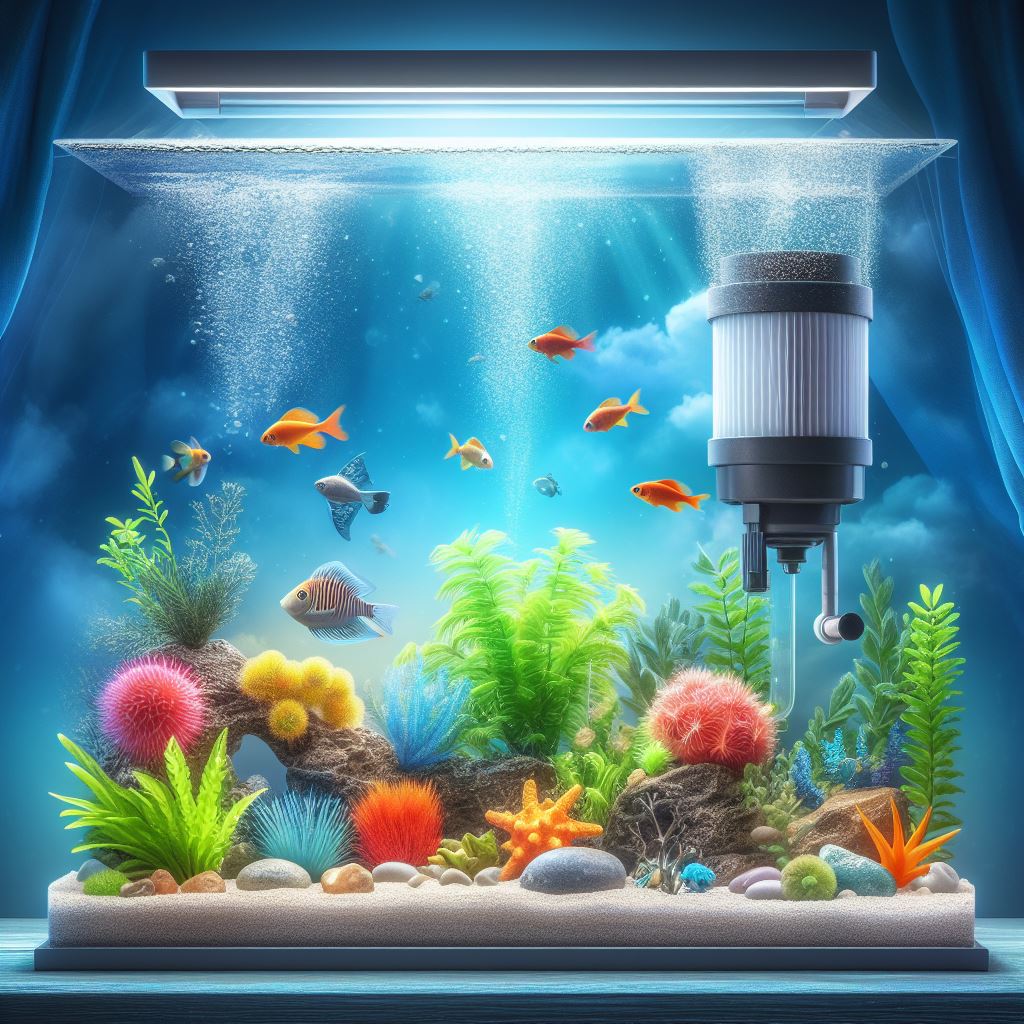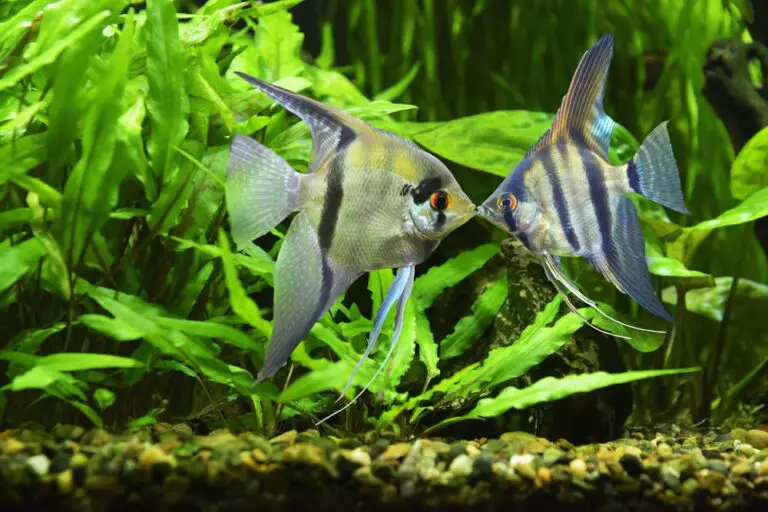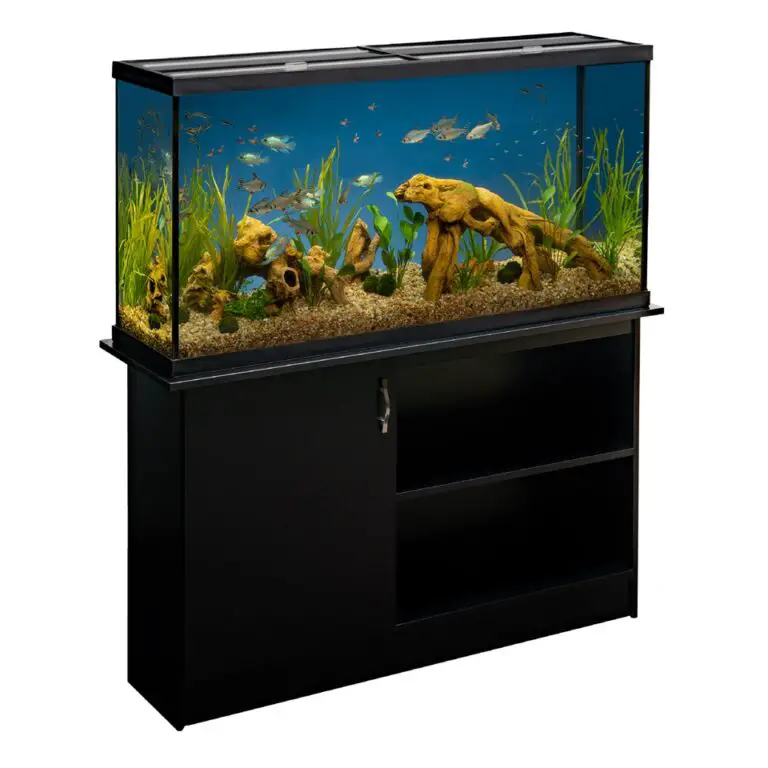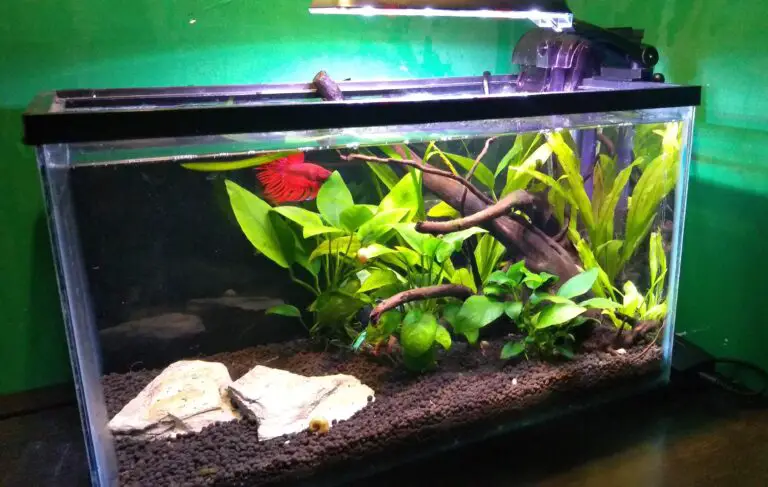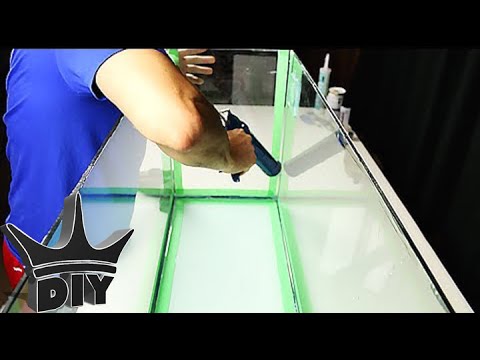Fish Tank Filter Cartridge: A Comprehensive Guide to Clean and Healthy Aquariums
Keeping a fish tank can be a rewarding and relaxing hobby. However, maintaining a clean and healthy aquarium requires the use of a reliable filter system. One crucial component of a filter system is the fish tank filter cartridge.
In this comprehensive guide, I will delve into the world of fish tank filter cartridges, exploring their importance, types, maintenance, and more.
The Importance of Fish Tank Filter Cartridges
A fish tank filter cartridge plays a vital role in maintaining the water quality of your aquarium. It acts as a mechanical and biological filter, removing debris, excess nutrients, and harmful substances from the water. By doing so, it creates a clean and healthy environment for your fish and other aquatic organisms to thrive.

Types of Fish Tank Filter Cartridges
- Mechanical Filter Cartridges: These cartridges are designed to physically trap and remove solid particles from the water. They usually consist of a fibrous material, such as polyester or polypropylene, which acts as a sieve, capturing debris and preventing it from circulating in the aquarium. Mechanical filter cartridges are highly effective in removing visible particles like uneaten food, fish waste, and plant matter.
- Biological Filter Cartridges: Unlike mechanical cartridges, biological filter cartridges focus on the biological filtration process. They provide a large surface area for beneficial bacteria to colonize. These bacteria break down harmful substances, such as ammonia and nitrite, into less toxic compounds, like nitrate. By utilizing a biological filter cartridge, you create a stable and balanced ecosystem within your aquarium.
- Chemical Filter Cartridges: Chemical filter cartridges are designed to remove impurities and unwanted substances from the water through chemical reactions. They often contain activated carbon, which effectively absorbs and neutralizes toxins, odors, and discoloration. Chemical filter cartridges are particularly useful in removing medications, heavy metals, and organic compounds.
Maintaining Your Fish Tank Filter Cartridge
Proper maintenance of your fish tank filter cartridge is essential to ensure its optimal performance and longevity. Here are some key steps to follow:
- Regular Cleaning: Mechanical filter cartridges should be cleaned or replaced regularly to prevent clogging and maintain their efficiency. Check the manufacturer’s guidelines for specific cleaning intervals. When cleaning, rinse the cartridge gently with aquarium water to preserve the beneficial bacteria.
- Replacing as Needed: Over time, biological filter cartridges may become exhausted and lose their effectiveness. Monitor the water parameters in your aquarium, such as ammonia and nitrite levels, to determine when it’s time to replace the cartridge. Generally, it is recommended to replace biological cartridges every 4-6 weeks.
- Chemical Filter Cartridge Replacement: Chemical filter cartridges, particularly those containing activated carbon, have a limited lifespan. Replace them according to the manufacturer’s instructions or when you notice a decline in their ability to remove impurities.
- Proper Placement: Ensure that your fish tank filter cartridge is correctly installed in the filter system. Follow the manufacturer’s instructions to ensure proper water flow and contact between the cartridge and the filter media.
- Water Changes: Regular water changes are essential for maintaining overall water quality in your aquarium. While the fish tank filter cartridge helps remove impurities, it is not a substitute for regular water changes. Aim for weekly water changes of 10-20% to keep the water parameters stable.
- Monitoring Water Parameters: Regularly test the water parameters of your aquarium, including pH, ammonia, nitrite, and nitrate levels. This will help you identify any potential issues and take necessary actions promptly.

Frequently Asked Questions (FAQs)
Q: How often should I clean my fish tank filter cartridge?
A: Mechanical filter cartridges should be cleaned every 2-4 weeks, or as needed. Biological cartridges should be replaced every 4-6 weeks, while chemical cartridges should be replaced according to the manufacturer’s instructions.
Q: Can I clean my fish tank filter cartridge with tap water?
A: It is best to clean your filter cartridge with aquarium water to preserve the beneficial bacteria. Tap water may contain chlorine and other chemicals that can harm the bacteria.
Q: How do I know when it’s time to replace my fish tank filter cartridge?
A: Monitor the water parameters in your aquarium regularly. If you notice an increase in ammonia or nitrite levels, or if the water becomes cloudy or discolored, it may be time to replace the cartridge.
Q: Can I use multiple filter cartridges in my aquarium?
A: Yes, depending on the size and type of your filter system, you can use multiple cartridges. However, ensure that the water flow is not restricted, and the cartridges are properly installed.
Q: Can I reuse a fish tank filter cartridge?
A: It is generally not recommended to reuse filter cartridges. Over time, the filter media becomes clogged and loses its effectiveness. It is best to replace the cartridge with a new one.
Q: How can I extend the lifespan of my fish tank filter cartridge?
A: Regular maintenance, such as cleaning and proper installation, can help prolong the lifespan of your filter cartridge. Additionally, avoid overfeeding your fish and remove excess debris from the aquarium to reduce the workload on the cartridge.
Conclusion
A fish tank filter cartridge is a crucial component of any aquarium filter system. It plays a vital role in maintaining water quality, ensuring the well-being of your fish and other aquatic inhabitants.
By understanding the different types of cartridges and following proper maintenance practices, you can create a clean and healthy environment for your aquatic pets to thrive.
Remember to regularly clean or replace your cartridges, monitor water parameters, and perform regular water changes to keep your aquarium in optimal condition. With the right care and attention, your fish tank filter cartridge will help you create a beautiful and vibrant underwater world.
